
%c_location% Home > Members list
Parco del Beigua
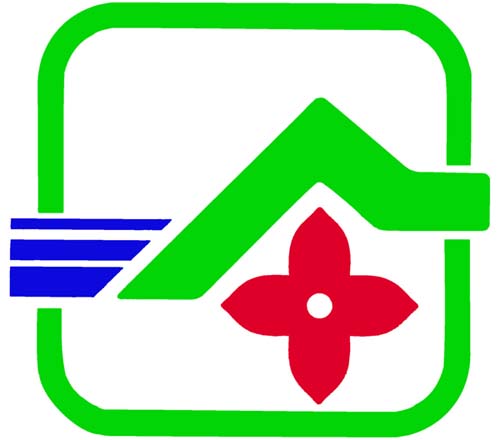
Introduction:
The Beigua Geopark territory is situated in Liguria Region in north-western Italy.
It includes the overall surface classified as "Beigua Regional Nature Park", besides a broad portion of the territory functionally linked to the Beigua Regional Natural Park itself, representing a district made up of ten municipal territories with a total extention of 39.230 hectares.
The Beigua Geopark corresponds to one of the most interesting areas in Liguria from the scientific, aesthetic and educational points of view and it is extremely important with regards to the reconstruction of the geological history of Italy, especially to understand the evolution of the Alps range and of its relations with the Apennine range.
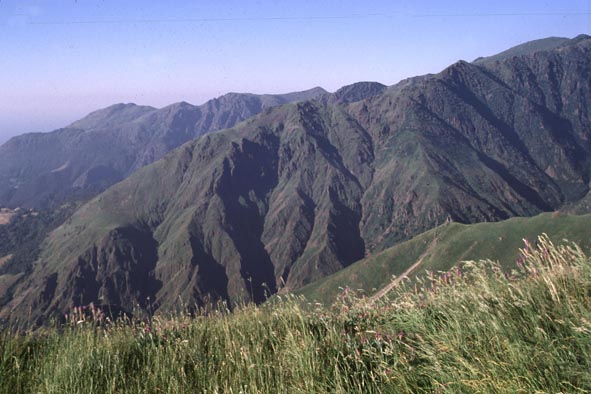
Just because of the different subjects relating to the Earth Sciences the Beigua Geopark represents a wide open air laboratory where it is possible to read and interpret, through the signs marked in the territory, the different dynamics and evolution phases which occurred in the territory between Genoa and Savona :
-
a huge extension of ophiolites with an Alpine metamorphic imprint that represents a fragment of the original Jurassic oceanic basin that rarely crops out so diffusely in the Alps or Europe ;
-
impressive geomorphological features testifying processes in a periglacial environment ;
-
fascinating and well-preserved fossiliferous deposits
-
different sites of mineraralogical interest.
Besides the rich evidence relating to the geological heritage, the area offers other extremely interesting elements, which, together with the geological sites, represent very good reasons of attraction for visitors and tourists.
Due to its peculiar localisation in between the Apennines watershed and to their position near the sea, the Beigua natural protected area is considered as one of the richest areas in Liguria with relation to biodiversity.
An exceptional ornithological value is outstanding, especially for the variety and richness of the species of breeding diurnal birds of prey (golden eagle, peregrine, kestrel, goshawk, sparrow hawk, honey buzzard).
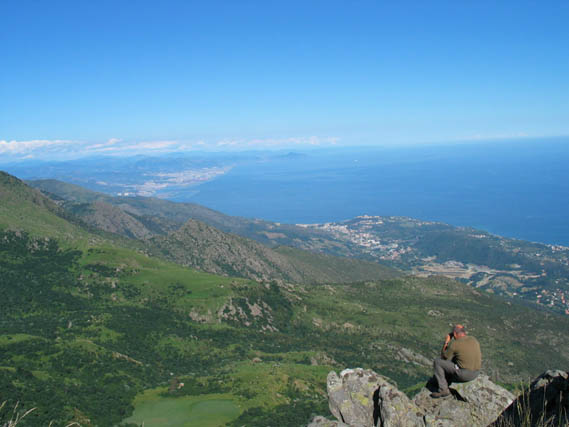
The structure of the ecologic situation of the area is heavily affected by the geological and geomorphological elements which determine the peculiar features, basically recognizable through the lithology of the pedogenetic substrata and the climatic vegetational belts, with varied aspects. On these basis it is possible to identify 26 main types of "environmental units", characterised by different interacting vegetation units, by passed and present anthropic features and by morphology.
The flora of rocks, stony grounds and screes in Beigua Geopark is rather peculiar (about 1130 taxa) and it is undoubtedly affected by the plant adaptation to the selective action performed by the ophiolitic rocks.
Besides, the Beigua Geopark is characterised by a rich heritage of historical-cultural findings which are present on the territory or exhibited in the museums (the rupestral engravings and the stone culture, monumental complexes, rural and handicraft activities) and which tell the story of the evolution of human settlements in the area.
Such a valuable resource to be passed down to the future generations makes the district of the Beigua Geopark a special territory not only for the conservation of its geodiversity and biodiversity, but also for the preservation and enhancement of the cultural identity of each community present within it.
The territory of Beigua Geopark is, for most of its area, subjected to a series of protection measures in compliance with the different current national and regional laws regarding landscape and environment, but it is also subjected to protection measures in compliance with the European Union Directives on environmental resources conservation. In particular three Sites of Community Importance (according to "Council Directive 92/43/EEC OF 21 May 1992 on the conservation of natural habitats and of wild fauna and flora") and one Special Protected Area (according to "Council Directive 79/409/EEC of 2 April 1979 on the conservation of wild birds") were identified in the Beigua Geopark territory.

The perspectives of geological heritage conservation in the Beigua Geopark are positioned within the frame of the wider and more complex strategy of conservation of the natural and historical-cultural heritage that the territory presents, acting through efficient management measures able to couple strategies of active protection with actions aiming at the enhancement and the social-economical development, including geotourism.
The Beigua Geopark district offers different opportunities: geological trails, Visitors Centers and Information Points, guided tours and special publications, training courses, scientific research activities, environmental education programs aiming at a more detailed knowledge of the geological-geomorphological features of the territory.
Since June 2001 the Beigua Park works as a member of the Italian Co-ordinating Network of Ophiolitic Protected Areas, a national organisation comprising eleven natural protected areas characterised by a substratum of ophiolitic rocks to share information and expertise and to define common tools to protect geodiversity and biodiversity in ophiolitic environment.
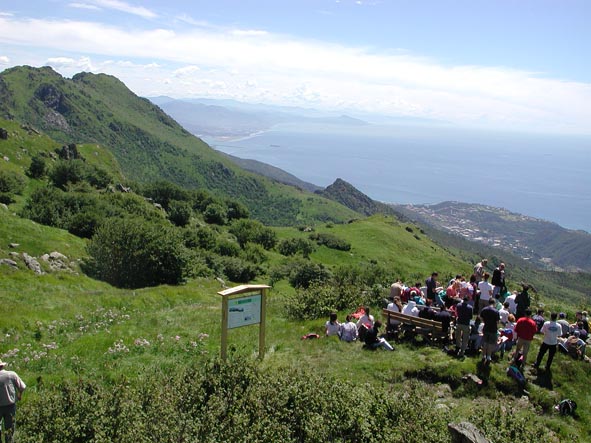
The Beigua Geopark acts in collaboration with local enterprises about tourism and sustainable development. An example was the agreement, in December 2004, with the "Associazione Geoturismo" ( Geotourism Association) in the aim of building up a relationship of mutual collaboration to promote and carry out joint activities to improve tourism, environmental education and scientific knowledge relating to the geological-environmental heritage of the Beigua Geopark district.
The recognition in March 2005 as international “Geopark" and the admission of the Beigua Park into the European Geoparks Network and the Global UNESCO Network of Geoparks represent an exceptional opportunity to support the sustainable management policies carried out in the last four years.
As first opportunities to collaborate with the European Geoparks Network members the Beigua Geopark joined in the new LEADER + program about the application of a common strategy towards geotourism and sustainable development in rural areas.
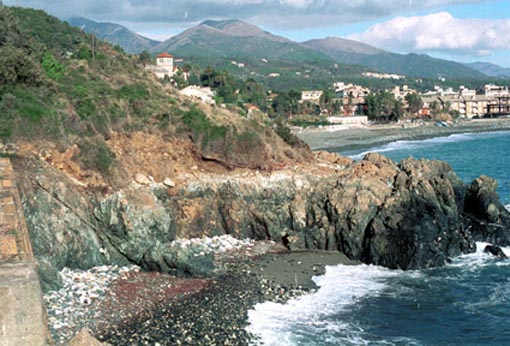
Contact
Maurizio Burlando
Management structure:
Address: Ente Parco del Beigua
Corso Italia, 3
17100 Savona
Italia
Tel:+39 019 84187300
Fax: +39 019 84187305
www.parcobeigua.it
E-mail: direttore@parcobeigua.it
Marco Firpo
Scientific Coordination:
Address: DIPTERIS - Università degli Studi di Genova
Corso Europa, 26
16132 Genova
Italia
Tel:+39 010 3538272
Fax: +39 010 352169
E-mail: firpo@dipteris.unige.it